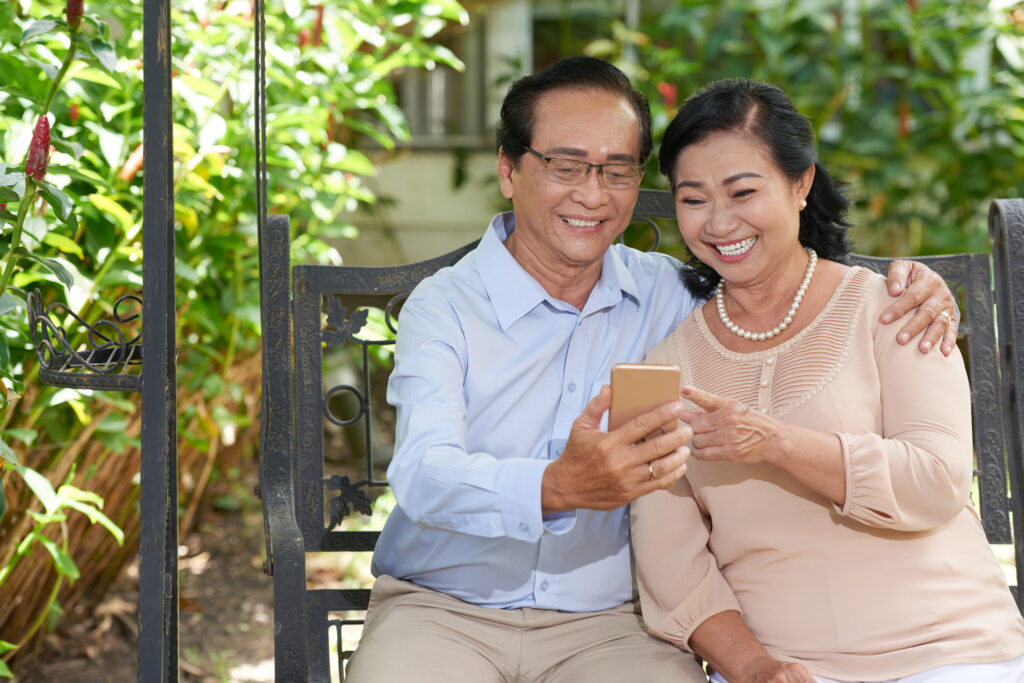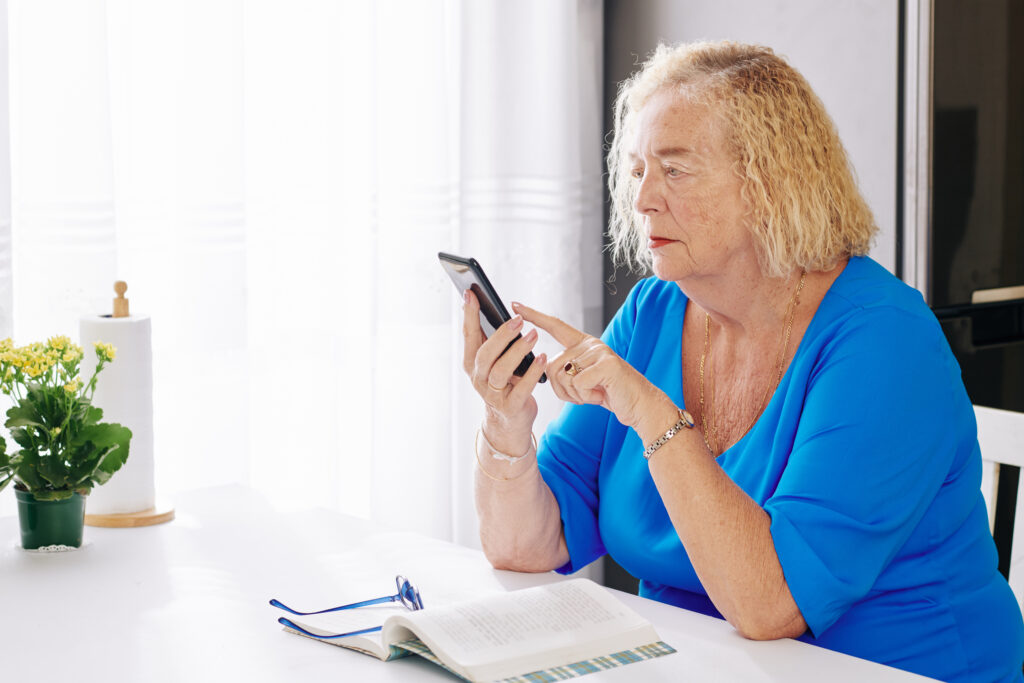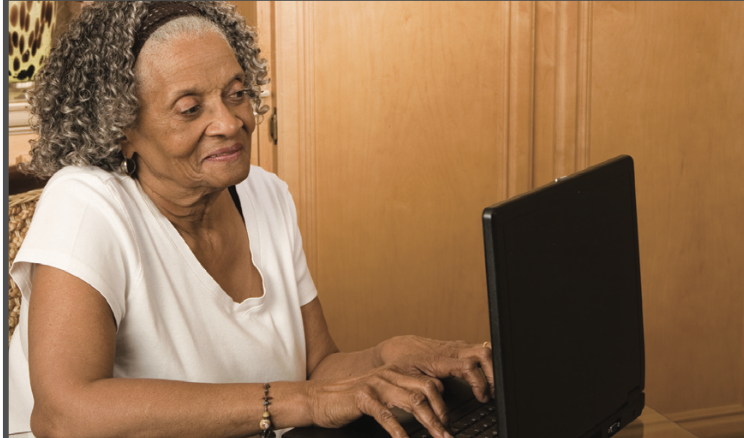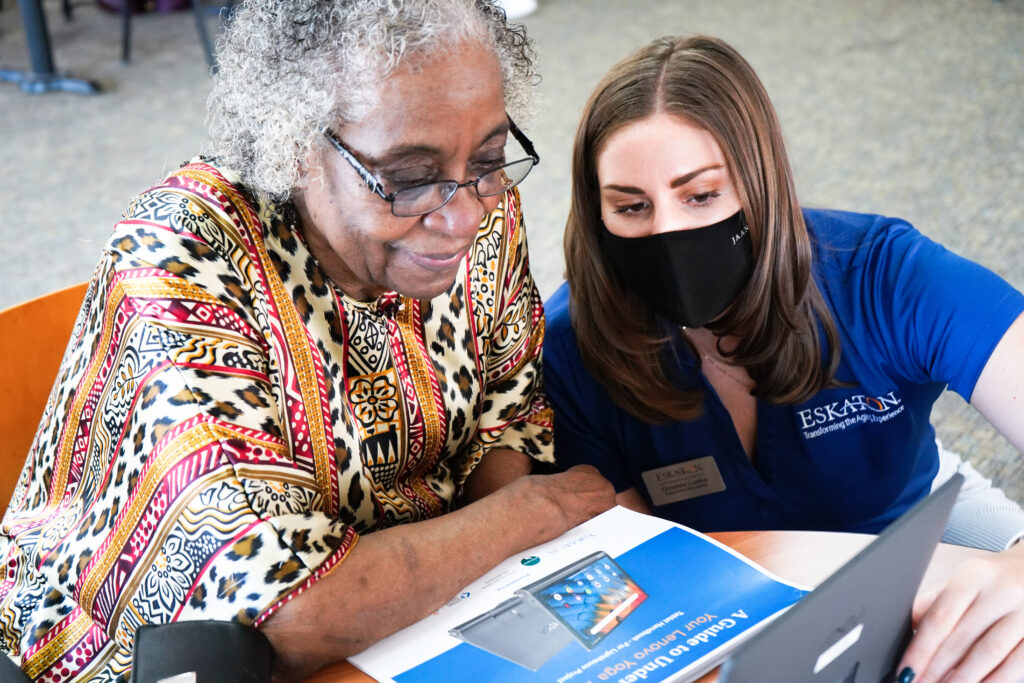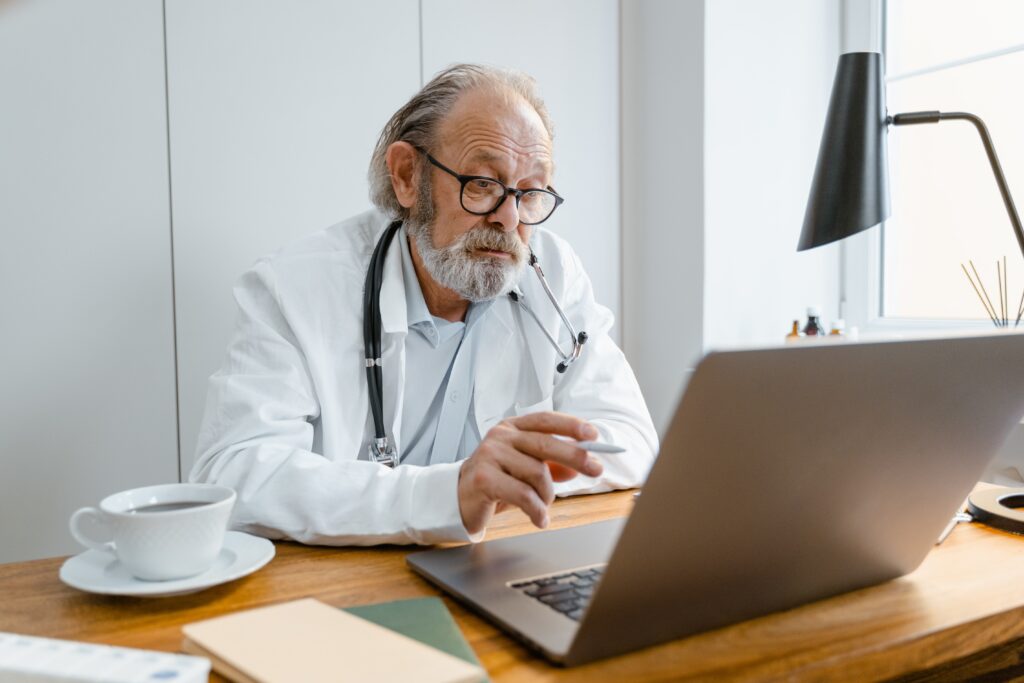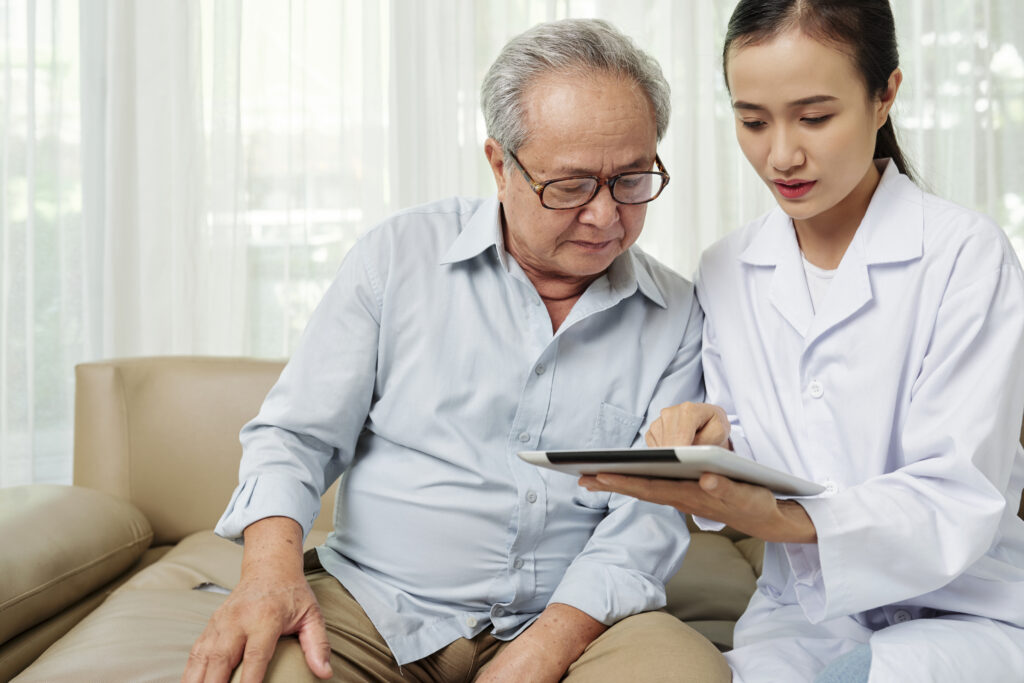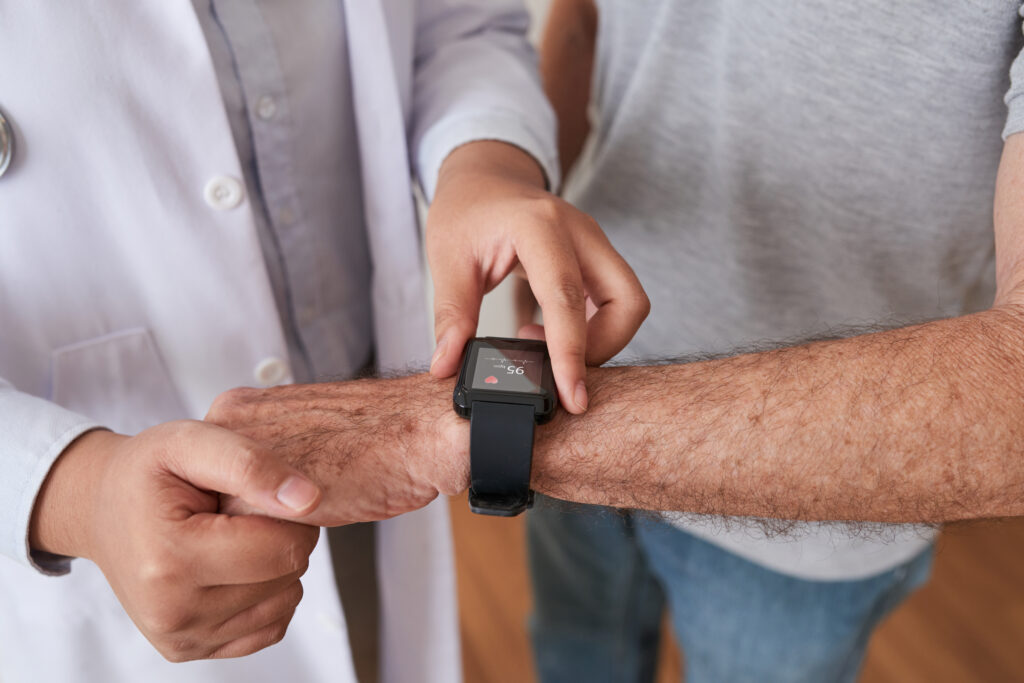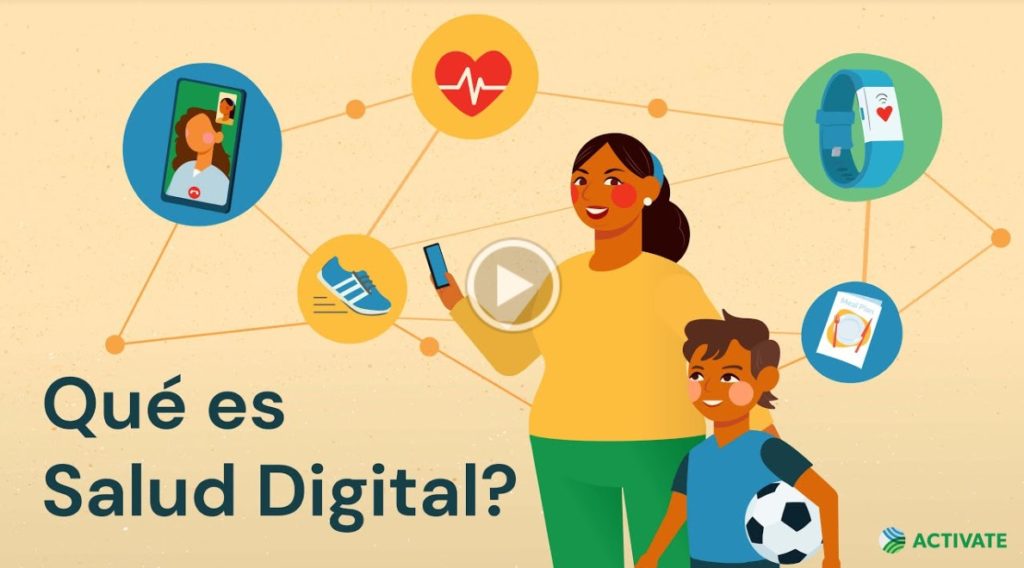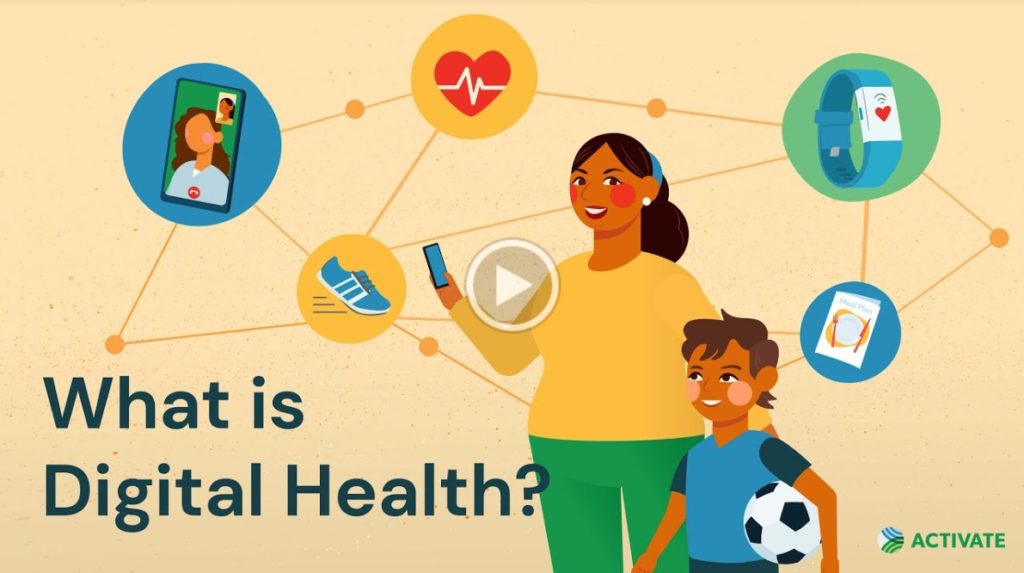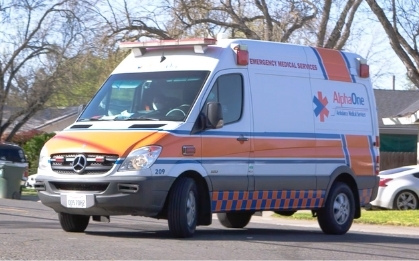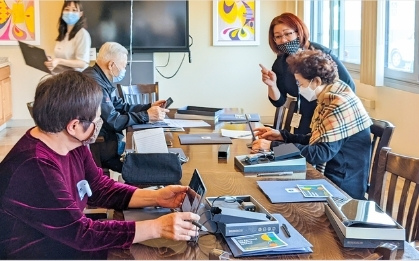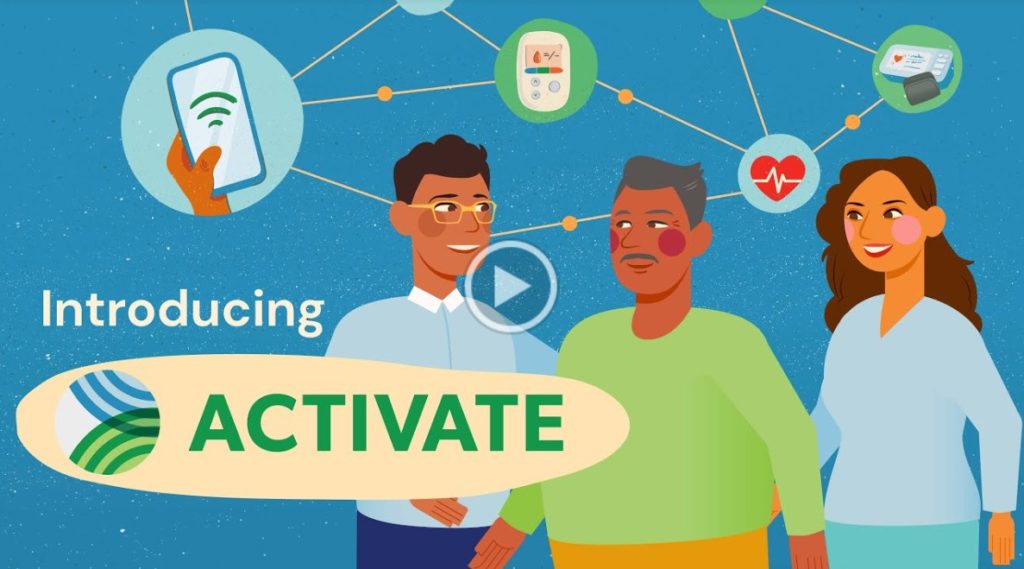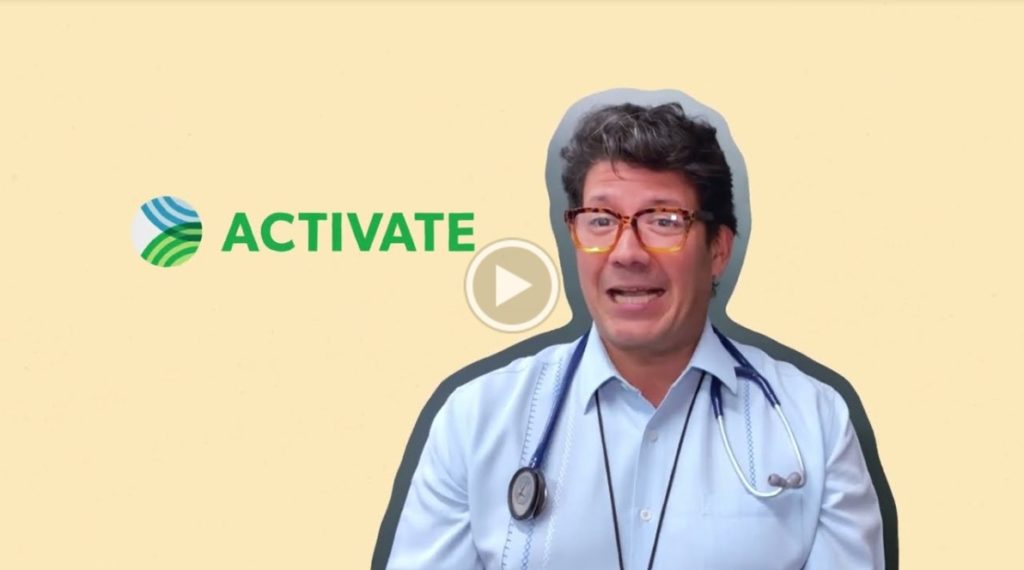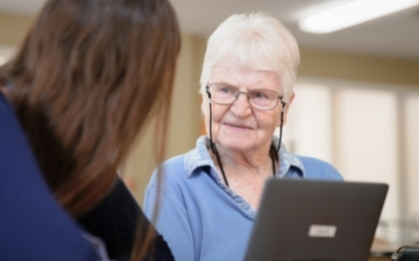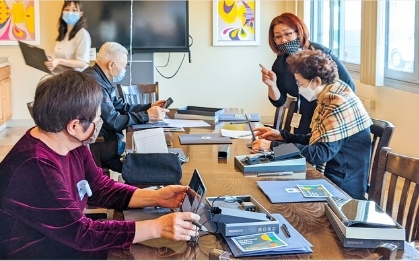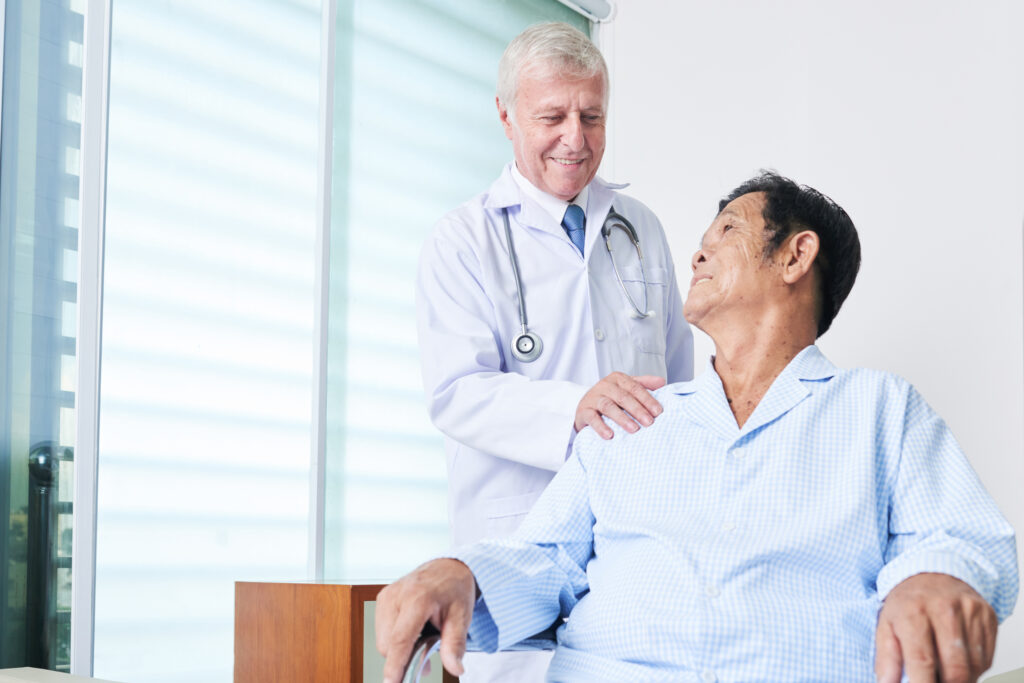
American Society of Consultant Pharmacists Foundation (ASCPF)
This project utilized Monitor-Rx to optimize the medication regimens of older adults seen in six practice sites that provide pharmacist services: AFSC, OASIS, HbL Pharma Consulting, IFPMH, UCI-SHC and UCI-HAPS. Monitor-Rx is a web-based clinical tool that associates medication effects with geriatric problems (e.g., falls, incontinence, depression, and delirium), identifies anticholinergic medications and medications inappropriate for use in the geriatric population, and provides medication monitoring recommendations to foster early recognition of adverse drug effects that can be avoided, managed, or reversed.
Research Areas & Topics: Telehealth, Technology, Aging, Innovation, CTA

